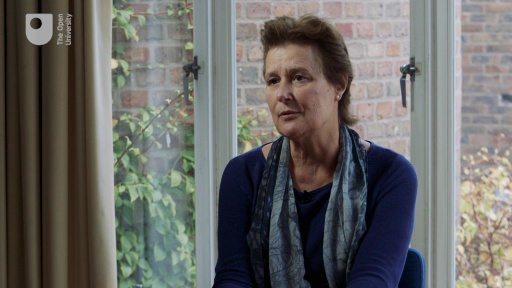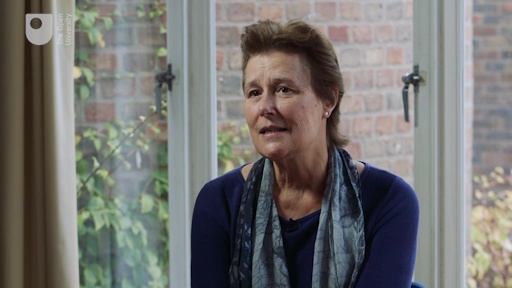1 What is poor leadership?
Poor leadership can be described on a spectrum. In this course, you’ll concentrate on the poor leadership that you are likely to encounter in your workplace, ranging from the common mistakes that many leaders make, to leaders who are ‘destructive’.
At some point in your life, a leader in your organisation, or in the public domain, will have made a decision you disagree with, or upset a group of people with a damaging comment or announcement. They may even have exhibited negative behaviours over a longer period, having a detrimental effect on the morale of you and your colleagues.
Have you ever taken a step back and wondered why they did what they did? Was it the pressure they found themselves under, the circumstances they were in, or did they lack the skills to handle the situation appropriately?
Activity 1 Your experience of poor or weak leadership
Think of a time when you’ve felt shocked, offended, disappointed or angry at an action taken by a leader you follow.
In the box below, write a brief summary of the situation and how you felt. What do you think made it poor leadership?
Now try to put yourself into the leader’s position. What could you have done differently?
Discussion
When you considered what you would do differently, what were the key differences? Would you use different skills, different language or a different method of communication? Would you seek out and apply knowledge/information that you feel the leader didn’t have and should have asked for?
Reflecting on how a situation could have been dealt with more effectively is important for any leader. Your leadership journal is a useful tool to use for this type of activity.
Sometimes the poor or weak leader might be you. Have you ever had feedback that surprised you? Have you ever had coaching that encouraged you to reflect on your own actions?
Professor Jean Hartley explains the importance of making time to review yourself and reflect on your leadership.

Transcript
There are many things that can impact on your own leadership ability, from being forced to lead on a vision you don’t share, to a lack of confidence in your own skills and abilities and a feeling of being out of your depth. Sometimes you might just have a bad day!
Many leaders find coaching and reflection invaluable tools for reviewing their actions.
This part of the course is designed to help you recognise the wrong behaviours and consider more rewarding or successful alternatives. The leadership journal you started in Week 3 will also be a useful tool. Use it to identify where you might be going wrong and to consider ways to improve.
If you feel your leadership isn’t going well, Professor Hartley has the following advice.

Transcript
In Section 2 you’ll explore some of the different types of poor leadership in more detail.

